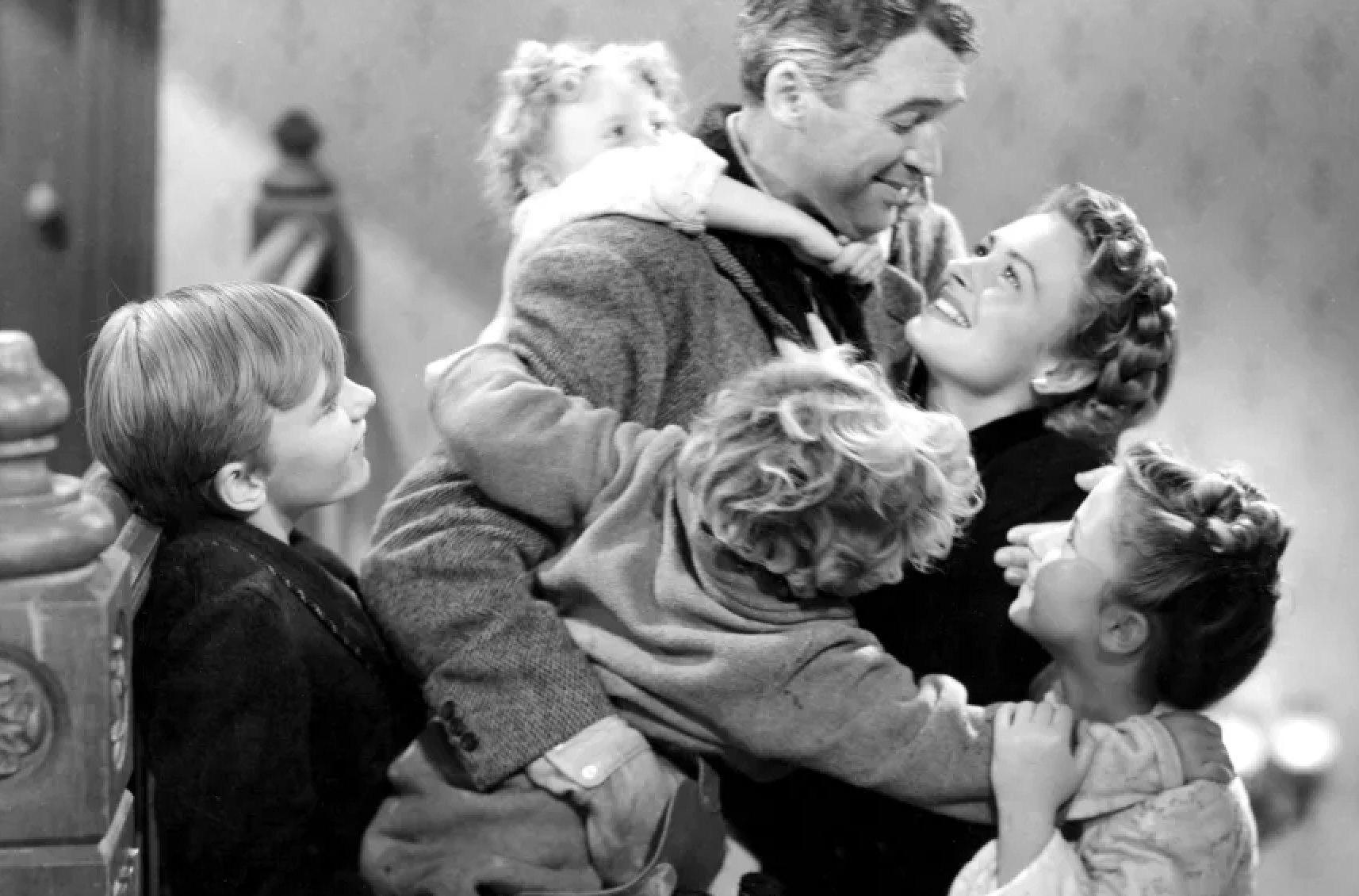In 1986 my friends and I read Billy Budd in English class and got really into literary Christ figures, and quite naturally The Rise and Fall of Ziggy Stardust and the Spiders from Mars became a totemic LP among our clique. Yes, it pains me to say that the David Bowie I discovered as a teen didn’t “teach me it was OK to be weird,” or allow me to express my (incredibly mundane) sexuality, or even suggest how great I’d look in eye makeup. (I’d been in enough plays to know that already, even if I was enough of a scaredy hetero to wash it off right after the show.) No, Bowie, like Sting before him, taught me it was OK to be pretentious. Thanks, England.
Within a decade, Bowie and I had mostly gone our separate ways. I’ve always been a bad fan—not just fickle but stingy with my affections, retroactively judgmental of both my former idols and my impressionable earlier self. When Bowie’s gifts at synthesizing faltered, I retroactively traced the cracks in his aesthetic I’d been too starstruck to consider. Just a couple years earlier, I’d even found the ludicrous Glass Spider Tour spectacular; now interstellar rock stars, appropriate to my teen fantasies, were less of a use in my grubby adult life, while college and alt-weeklies had opened up whole new worlds of pretension for me.
I know—me, me, me, me. But even more than usual with pop stars, because his image was so mutable, the Bowie each of us fixates upon tells us more about ourselves than about him. But I’m here to talk about the new Bowie film Moonage Daydream. And for me (sorry!) it felt like an opportunity to address my vexed Bowie fandom, to examine where he had fallen short and where I had.
“Documentary” doesn’t feel like quite the right word; neither does concert film. Drawn with incredible freedom yet weird parsimony from the Bowie vaults, Brett Morgan’s film includes spectacular concert footage, especially from the Ziggy years, and some fine chat-show bits that rocket us back to an era when pop stars were interviewed like serious thinkers. There’s no outside narration. There are no talking heads. There’s also no sex and no drugs. There is just Bowie singing, and Bowie speaking, and image after image of Bowie singing and speaking, often while gyrating or boogieing onstage as though his consciousness had just been transported into an unfamiliar body. Oh, and Bowie walking. So much walking! I have never seen a pop star walk so much, and I believe I never will again unless Béla Tarr gets into the rockdoc game.
Throughout Moonage Daydream we are trapped within one man’s consciousness. In the ’70s Bowie proves quite insightful about his own alienation—he describes himself as “a collector of personalities” at one point. But like most very famous people, his ideas are painfully secondhand. He mouths a wiki version of existentialism that’d for sure get you laid in the right freshman seminar and would instigate a few eye rolls a decade later when you try it at the bar. As even the most eloquent interview eventually will, he repeats himself. As we wrap up his life, he’s reduced to platitudes. And he only talks about himself. The only two people we see onscreen who Bowie mentions by name are Brian Eno and Bowie’s eventual wife, Iman. As many critics have pointed out, for an artist who not only depended on collaborators, but excelled at selecting them, this is an oversight bordering on outright misrepresentation.
When Bowie isn’t onscreen himself, Morgen, known for similar films about producer Robert Evans (The Kid Stays in the Picture) and Kurt Cobain (Cobain: Montage of Heck), resorts to elaborate visual filler. Where Todd Haynes’s The Velvet Underground provided actual context with its overload of archival images, Morgen seems to just splice recognizable bits of film and history together, regardless of relevance. (Hi there, Un Chien Andalou! You, like A Seventh Seal, certainly do represent “art.”) Often, splotches of color splatter and clog the screen.
And yet, for all the garish inconsequence of Morgen’s imagery, a coherent portrait emerges of Bowie: a fan-turned-star who, at his artistic peak, was incapable or unwilling to imagine any other sort of relationships between humans. This, in a way, was Bowie’s genius—to recognize that the growth of rock as an industry had ended the possibility of social interplay between star and fan (how hippie, how ’60s!) in favor of a detachment that, paradoxically, brought fans closer to one another in their admiration of their unknowable idol. Where most established acts simply accepted the new terms of their trade, he was new enough on the scene to make this disconnect the centerpiece of his art.
What we also see here is that what made Bowie thrilling in the ’70s is generally his slight off-ness, his tendency to either over-emote or retreat inappropriately to a cool reserve at inappropriate moments. Whether as a recovering folkie and mime manqué manifesting his idea of hard rock or as a soul misappropriator reminding us you can’t spell “brittle” without Brit, he offered new perspectives on familiar styles by accentuating the distance between his chosen stance and the music he was approximating. That’s why it feels so false when, during the tour in support of Let’s Dance, Bowie contends that he’s never felt closer to his fans, and the camera pans over a sea of indistinguishable faces at Wembley. As with the music itself, the most popular of his career, he’d carelessly synthesized elements of his art that were always supposed to remain in tension.
Me, I’ve grown into too much of a lower case democrat to submit wholly to the allure of stardom, or encounter any artist as anything but an especially gifted equal propelled into a weird life, even when those gifts include the deft employment of stardom. (Disclaimer: This would change in person of course/ If I ever met Al Green in the street I’d drop dead on the spot.) These days my favorite Bowie album is often Lodger, in many ways his most ordinarily discomfited work. The alien metaphor is tethered to good old Earth, and Bowie just an unmoored white man who travels the world and feels slightly out of sync with the cultures he encounters. It speaks to my adult self more directly than Ziggy or even Low. (I still can’t with those instrumentals, sorry.) I won’t pretend this is the “real” Bowie, or that it connects to the “real” me, let alone suggest it should be your favorite. We all have to find out own Bowie. But I don’t suspect Moonage Daydream will point you too far along that path.
Imagine if Marlon Brando had responded to “What are you rebelling against?” with an itemized list of grievances. Instead generations of snotty kids who’ve never seen The Wild One know the correct not-quite-answer is “Whaddya got?” because that’s how we like our rebels—cool and ironic and vague, not staking a position but personifying unbowed individual defiance. That’s a role Sinead O’Connor, Jah bless her, was incapable of playing. Kathryn Ferguson’s new look at O’Connor’s brief moment of fame, Nothing Compares, reminds us the Irish pop star could indeed be pretentious, self-righteous, and prickly—all those unforgivable sins a perpetually snide entertainment culture could never forgive, not in a woman, at least. Oh, and also it reminds us she was a near-genius we were stupid to scorn, as a musician and as a public presence.
The film smartly dedicates itself to recreating the world that misshaped O’Connor, and which she perpetually rejected. Two crushing forces—the conservatism of Irish culture and society in the ’80s and an abusive mother who’d lock her out of the house for the night—combined their might when O’Connor’s family consigned her to a Dickensian nun-run institution. At this home, the sisters would punish their charges by locking them in the hospice ward overnight. Here O’Connor encountered the elderly women who would become known as the Magdalene Sisters, who’d been impregnated by priests and other important men, then cordoned off silently in shame.
O’Connor escapes to London, where her fascination with Jamaican culture, and drag queens’ fascination with her, offered a liberation you can hear in her first album, The Lion and the Cobra. Here the film glides effortless through the archives, because there’s so much footage of the endlessly watchable young star-in-the-making, a slight figure with luminous eyes and, yes, the shaved head that every dolt who interviews her says something stupid about, and Docs that seem too big for her feet. Her presence gives no indication of what she’s capable of, then she walks onto the Grammy stage, the Public Enemy logo sculpted into her head, and uncorks a performance of “Mandinka” that does impossible things to the phrase “I don’t know no shame.”
O’Connor’s demeanor shifts sometime after stardom arrives. She puts all her cultural capital on the table and spins the wheel. Nowadays she says she never wanted to be a pop star, and maybe she never did—history sure provides many examples of why one should avoid fame, and O’Connor’s is one of them. Regardless, she had the misfortune of making it big at one of those moments when the always fractious people of the United States were particularly insufferable. So her refusal in the summer of 1990 to allow the Garden State Art Center to play “The Star-Spangled Banner” prior to her concert was received much like the invasion of Kuwait. Frank Sinatra even took time out from his slow crawl toward the grave to threaten to “kick her ass.”
An even bigger fire raged, of course, in 1992 when O’Connor finished a performance of Bob Marley’s “War” on Saturday Night Live, with lyrics altered to address child abuse, and tore apart a photo of Pope John Paul II, saying “Fight the real enemy.” The silence that follows remains an amazing television moment. The next week SNL host Joe Pesci “joked” about slapping her; the show itself mocked her in several sketches (a reminder of just how culturally conservative its satire can be.) We also get to see unrelentingly terrible person Camille Paglia saying “In the case of Sinead O’Connor, child abuse was justified.” The only person who comes off as decent here is Kris Kristofferson, who introduces her with praise at a Bob Dylan tribute concert where she steadfastly endures mass booing.
And then, the movie races to its conclusion, ignoring the messy third act of O’Connor’s life, during which she’s issued contradictory statements about her mental health, engaged in public feuds with family members, and joined a fringe sect of the Catholic Church. The 55-year-old tells the story herself, off-camera, her voice husky and lived-in, without regret and with a determination not to be depicted as a victim. And sure—to hell with a “career.” But if she’s been making the music she’s always wanted to over the past 30 years, she doesn’t know her own strengths.
Still, “Nothing Compares to You” remains a wonder, a song that just seems to float and suspend time. (The Prince estate, incidentally, didn’t allow the filmmaker to use the song; her relationship with her biggest hit’s songwriter was always strained, and she called him “a long time hard drug user” after his death.) It may be the only song that survives her. But it shouldn’t be. So Far: The Best of Sinead O'Connor, a 15-song comp that Capitol issued when it seemed she’d retired, captures her at her peaks and hints what could have been.
As for her legacy, Nothing Compares makes vague assertions of her influence on just about any female pop star whose ever asserted independence, but overlooks how her true influence is her voice—if nothing else, Alanis Morissette is inconceivable without her. O’Connor grated the traditionally femme-ethereality of Celtic folk-pop to contribute a welcome harshness—may a generation beguiled by New Age will-o’-the-wisps recognize her as the anti-Enya, demystifying the misty lore of Eire.
Nothing Compares ends with one of those “times have changed” montages so popular with documentarians who don’t want to bum us out. And it’s true, O’Connor was proven right about the extent of rot in the Catholic Church. Ireland did legalize abortion. (SNL, alas, remains on the air.) The danger, as we saw with the response to Framing Britney Spears, is that we feel that we, the enlightened people of today, have smugly triumphed over sexism, that we have learned our lessons. But celebrity journalism is a meat-grinder, reactionaries never rest, another star will be brought down by easy mockery tomorrow. Better to simply recall the O’Connor lyric that serves as the perfect epitaph to her career: “They laugh because they’re untouchable/Not because what I said was wrong.”
Moonage Daydream is now playing in area theaters. Nothing Compares premieres today on Showtime.






